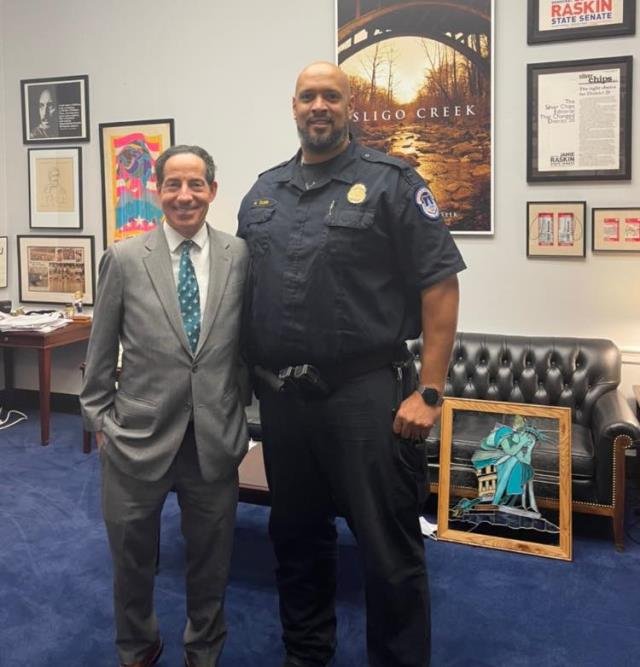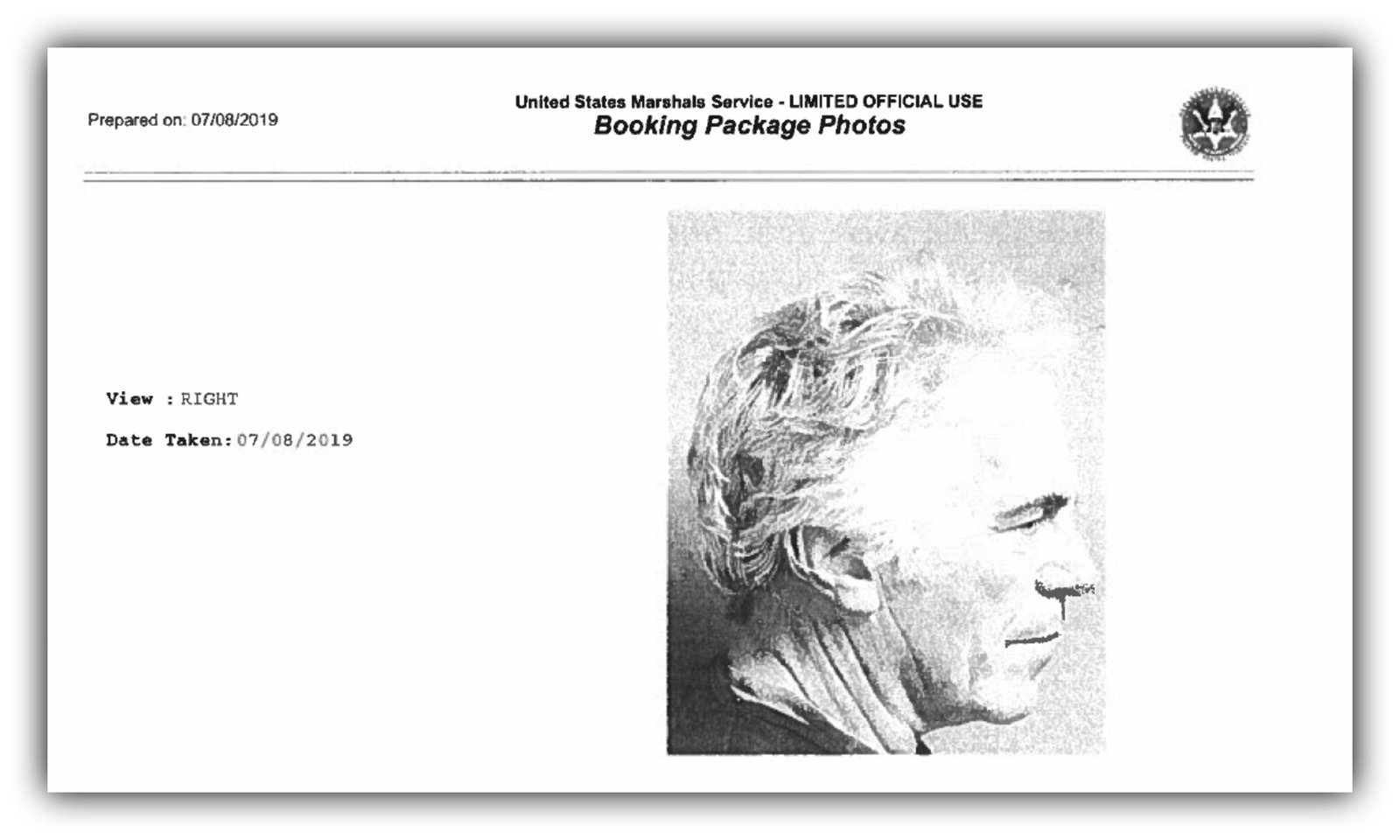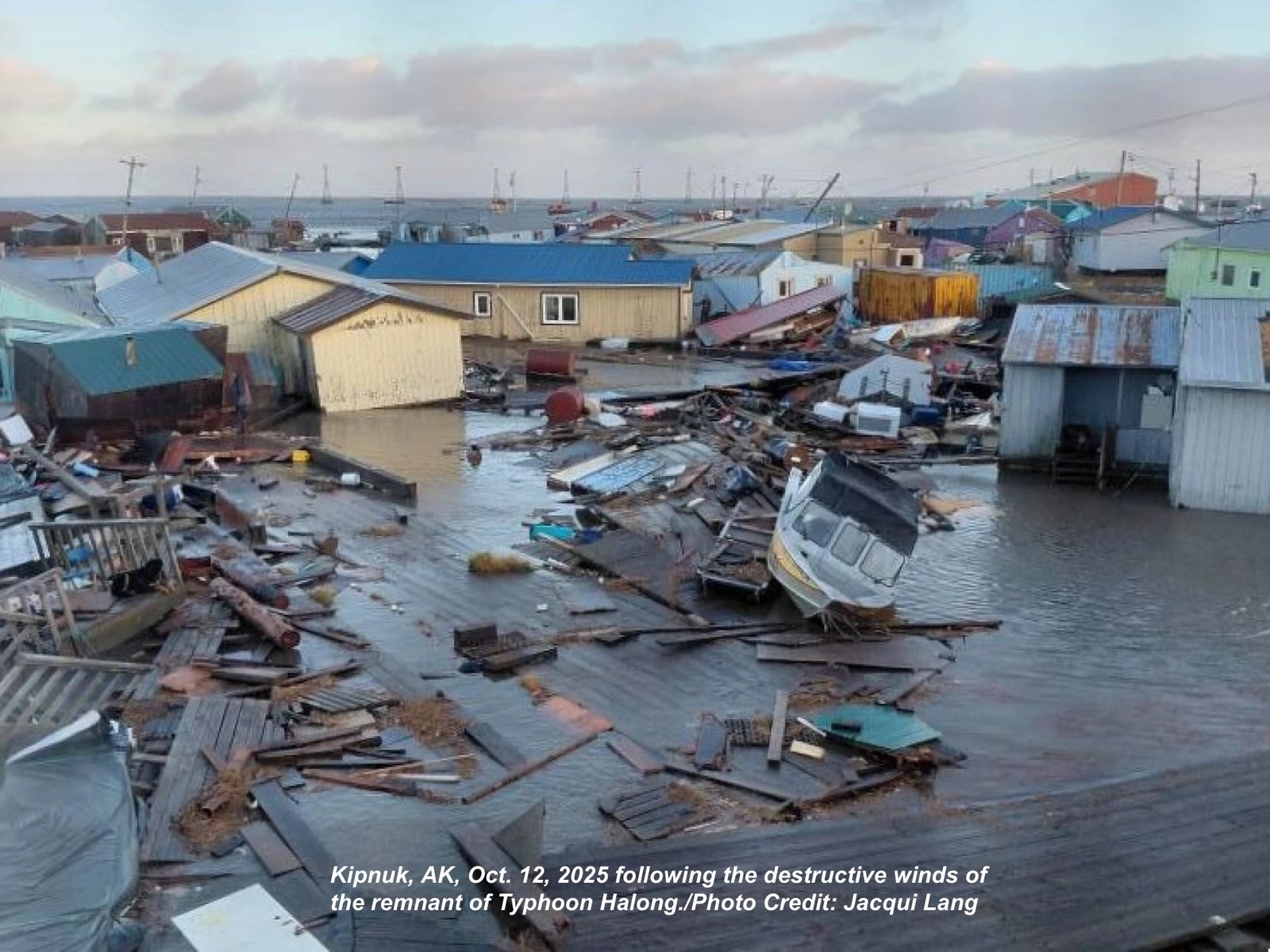On October 1, 2025, a new government shutdown began, imposed by a Republican-led Congress and President Trump’s administration. Congressman Jamie Raskin In times like this, many people feel powerless, stuck between lines of broken governance and delayed services. But you do have power. Every citizen can act: to protect their family, support their neighbors, and demand accountability from those in office.

This article walks through what’s happening now, what’s at stake, and most important what you can do.
What You Actually Need to Know
Raskin’s office has posted a helpful FAQ and guidance page. Congressman Jamie Raskin Here are some of the key takeaways for Americans navigating the shutdown.
Which services continue (or don’t)
- Federal employees: Some are classified “essential” and must work without pay during the shutdown, but will receive back pay once it ends. Congressman Jamie Raskin
- USPS: Postal operations continue. Congressman Jamie Raskin
- Social Security: Checks should still be mailed via automated systems, but new applications or updates may see delays. Congressman Jamie Raskin
- SNAP + Child Nutrition: These programs may continue temporarily, but if the shutdown drags on, funding might run out, especially for WIC within a week. Congressman Jamie Raskin
- VA / Veterans benefits: Medical services and benefits continue. Congressman Jamie Raskin
- Air travel & TSA / CBP: Security staff, air traffic controllers, and border agents still work but without pay until backpay comes. Expect delays. Congressman Jamie Raskin
- Parks, museums, tourism: Many national parks and Capitol tours are closed or suspended. Congressman Jamie Raskin

These disruptions may hit hardest those already stretched thin: low-income families, older Americans, people relying on benefits, small businesses tied to federal contracts, and communities in rural or under-resourced areas.
Why This Shutdown Is a Different Kind of Threat
Raskin warns that this isn’t your typical shutdown. The Trump administration has pursued policies that already weakened federal capacity and is threatening widespread firings, further undermining agencies. Congressman Jamie Raskin In other words: the damage may persist well beyond the shutdown.
So this moment is not just another interruption. It’s an inflection point, a test of how much federal infrastructure our democracy can survive.
What You Can Do
Here’s where we pivot from observation to action. If you feel powerless, you’re not alone. There are concrete steps you can take, starting now.
1. Share your story and make it public
Raskin’s page invites Americans to share how the shutdown is affecting your life: your family, your job, your access to benefits. Congressman Jamie Raskin Many Representatives only act when they see that their constituents are hurt directly.
- Submit your story via Raskin’s form
- Tag your own member of Congress: send them emails, letters, or social media posts
- Get local press involved. News outlets often pick up human-impact narratives
Your voice matters. Legislators respond to public pressure far more than statistics.
2. Reach out to your Member of Congress. Persistently.
Make calls, send emails, request meetings. Demand clarity:
- When will the shutdown end?
- What’s the plan to prevent a recurrence?
- How will you protect vulnerable constituents?
Don’t accept vague promises. Ask for specifics and pin them down.
3. Organize locally
Whether it’s a town hall, a protest, or a phone bank, there’s strength in collective action. Gather neighbors, civic groups, or nonprofits to:
- Pool resources or emergency funds for families hit hardest
- Coordinate calls/emails to congressional offices
- Elevate local media coverage
Even small cities, rural counties, and suburban towns can make noise that echoes in Washington.
4. Help those hit hardest
Some people will struggle immediately with access to benefits, food, or medical care. You can:
- Volunteer at local food banks or mutual aid groups
- Donate to organizations assisting low-income Americans
- Serve as a “benefits navigator”, helping neighbors understand delays and alternate options
- Connect people to resources if their federal claims or benefits lag
In a crisis, community support becomes essential.
5. Use every democratic tool
- Vote in local, state, and federal elections, particularly ones affecting budget and oversight
- Back candidates who commit to responsible federal budgeting and democratic institutions
- Push for reforms: guardrails on shutdowns, regular appropriations, accountability for agencies
- Support civic education. When people understand how government works, they hold it accountable
Why You Should Act Even If It Feels Futile
- Every shutdown is shaped by public pressure. Citizens can turn political theater into a political threat to incumbents.
- The longer shutdowns drag on, the deeper the damage to lives, agencies, and institutions. Early pressure matters.
- If we let this pass unchallenged, it sets a precedent that federal functions may be arbitrarily suspended.
When democracy is tested, action is the antidote.
Closing Call
This isn’t a “Washington problem.” A government shutdown touches mail, benefits, jobs, parks, passports, and more … your life, your neighbor’s life. Don’t wait for someone else to fix it. Use your voice, your time, your community.
Make your story heard: call your representative, organize locally, and support the people hurt now. Hold your leaders accountable. Because democracy demands it.
Do something.




